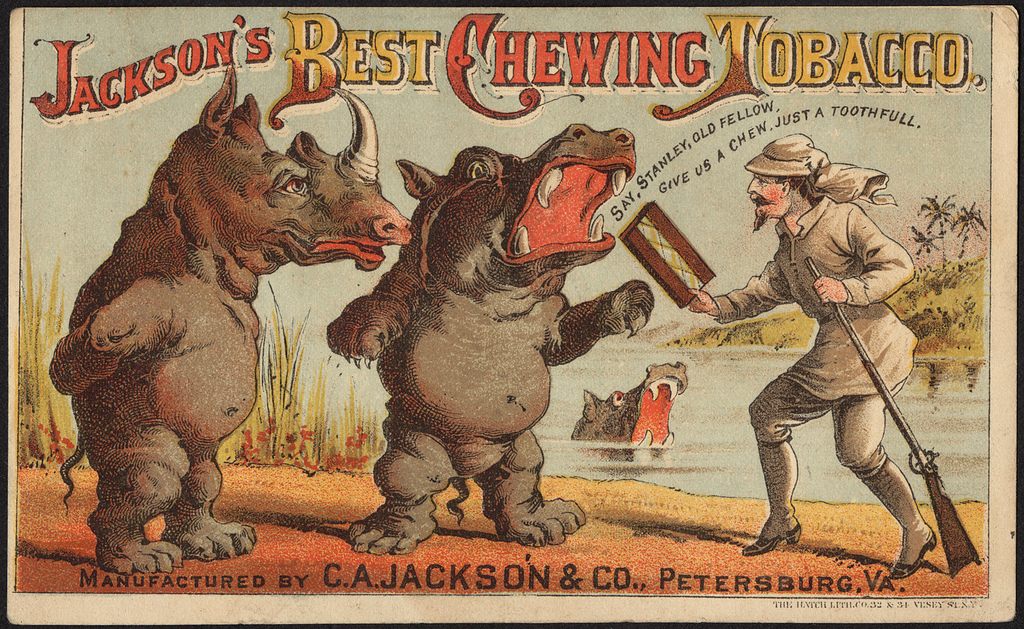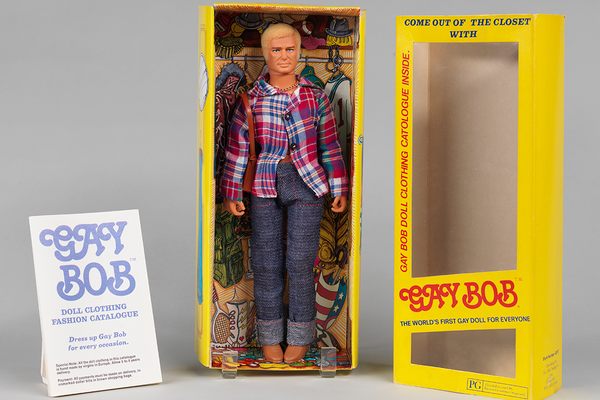The Weird, Endless World of Non-Sports Trading Cards

At some point, even Desert Storm got it’s own set of trading cards. (Image: UnknownNet Photography/Flickr)
Maybe you remember collecting X-Men cards during your childhood, or maybe your parents had a collection of baseball cards that they were convinced would one day put you through college. Trading cards for athletes and superheroes seem to have been around forever.
But the world of trading cards is far more varied and strange than just sports and comics. And technology hasn’t killed them as kids’ toys. In fact, it might have made them stronger.
The trading card as we think of it today actually started with Victorian “trade cards.” These illustrated business cards were produced by shops and craftsmen to promote their wares. They would often feature a full color image or goofy cartoon on one side, with the merchant’s info on the other. The colorful illustrations were a hit with kids who would paste the cards into scrapbooks, not unlike the card binders collectors use today.

A trade card for chewing tobacco. (Image: Boston Public Library/Flickr)
These trade cards gave way to the iconic baseball card, the first of which was actually a trade card that featured an image of the Red Stocking Base Ball Club of Cincinnati. In 1886 a cigarette company began including cards featuring baseball players in their packs of smokes. The rigid cards helped to keep the packages sturdy, and protect the product. Tobacco cards soon became ubiquitous across the entire industry and began featuring other designs like soldiers, or women in fancy dresses, or even images of space, although baseball remained the most popular motif. It was during the era of the tobacco card that the most valuable baseball card of all time was released, a Honus Wagner card worth over $2 million today.
By the 1930s, baseball cards had moved away from the cigarette industry and were mainly being sold in packs of bubblegum, and the types of cards were expanding as well. In addition to other sports, comedy card series began being released, like 1948’s Atomic Laugh Bombs, which featured comic illustrations that they called “gloom chasers.” By the 1950s, cards were becoming standardized to the size we know today by one of the companies that would become a leader in the field, Topps.

The front and back of the Sheri Lewis card from the Supersisters series. (Image: Theo’s Little Bot/Wikipedia)
By the 1960s, other forms of entertainment started using trading cards as promotional material – for instance, TV shows like Batman or Lost In Space. A number of educational series popped up, based on historical subjects like the moon landing or military subjects like special forces units. Over the next two decades, the number and scope of trading card series continued to grow, and while baseball cards continued to rule the market, other series began to break new ground. One especially revolutionary set of cards was the Supersisters series from 1979, a 72-card set featuring such female luminaries as Gloria Steinem, Rosa Parks, and Helen Reddy, with pictures of them on the front and an informational blurb on the back. The independent series celebrated women of note, in response to the almost exclusively masculine subjects of most trading cards.
During the 1970s, ’80s, and ’90s, the trading card industry truly boomed, and the era of ubiquitous trading cards kicked into high gear. Nearly every movie and TV show, from Star Wars to Grease to Mork & Mindy, got its own trading card set–usually with stills images on one side and information on the other, ranging from quotes to behind the scenes tidbits. Sports cards, comedy cards like Garbage Pail Kids, and sci-fi/fantasy property cards continued to rule during this golden era, but new series aimed at nearly every demographic continued to debut.

Twin Peaks trading cards? Why not. Gotta get that rare Cup of Coffee card! (Image: David Ashleydale/Flickr)
There was the 1984 set that accompanied the release of David Lynch’s dour Dune, and a 1985 card set based on Cyndi Lauper. Genre entertainments of all stripes were nearly guaranteed a trading card set, thanks to their devoted fans’ proven penchant for collecting. But there were even stranger trading card series, often inviting the question, “Who the heck are these meant for?” There was The Soaps of ABC, featuring All My Children series from 1991, aimed at the fans of daytime dramas, or Topps’ Desert Storm Collector Cards from that same year, which tried to appeal to military buffs by turning images of the war into a collectible pastime.
Also during the ’90s, a company named Mother Productions began releasing small sets of adult-themed trading cards: series like Faces of Death, which showed grisly scenes of corpses; Perverted Priests, featuring sex offenders of the cloth; and Hollywood Dead, which collected images of famous people’s headstones. These sets were released in single, complete sets, so despite the name, the act of trading was not really necessary. Nonetheless, they definitely expanded the scope of what a trading card could be.

A card featuring a scrap of wardrobe from The Walking Dead. (Image: 1000thghost/Wikipedia)
Even as fandom and interest moved into the digital realm, non-sports trading card series kept flourishing, especially for TV shows (Alias and Supernatural, for example, both had associated card sets). But even these series needed a more to keep collectors coming back, so rare “chase cards” began to become more elaborate. Randomly inserted special cards with holograms or celebrity signatures on them have long been a staple of the industry, but in recent years there have also been cards with bits of props or wardrobe embedded in them. One rare Buffy the Vampire Slayer card contained a shaving from one of the wooden stakes used in the show, and countless “wardrobe cards” that feature a scrap of clothing used in shows like The Walking Dead, or even Psych.
This past year saw the release of a Star Wars trading card phone and tablet app that lets people collect and trade digital copies of cards. Like the original series of Star Wars cards released back in 1977, there is no game or other functionality, simply digital images of cards. The thrill of collecting seems to be impervious to the march of time, and the magic of the trading card apparently refuses to die. Whatever your interests may be, there is likely a trading card set for it.








Follow us on Twitter to get the latest on the world's hidden wonders.
Like us on Facebook to get the latest on the world's hidden wonders.
Follow us on Twitter Like us on Facebook